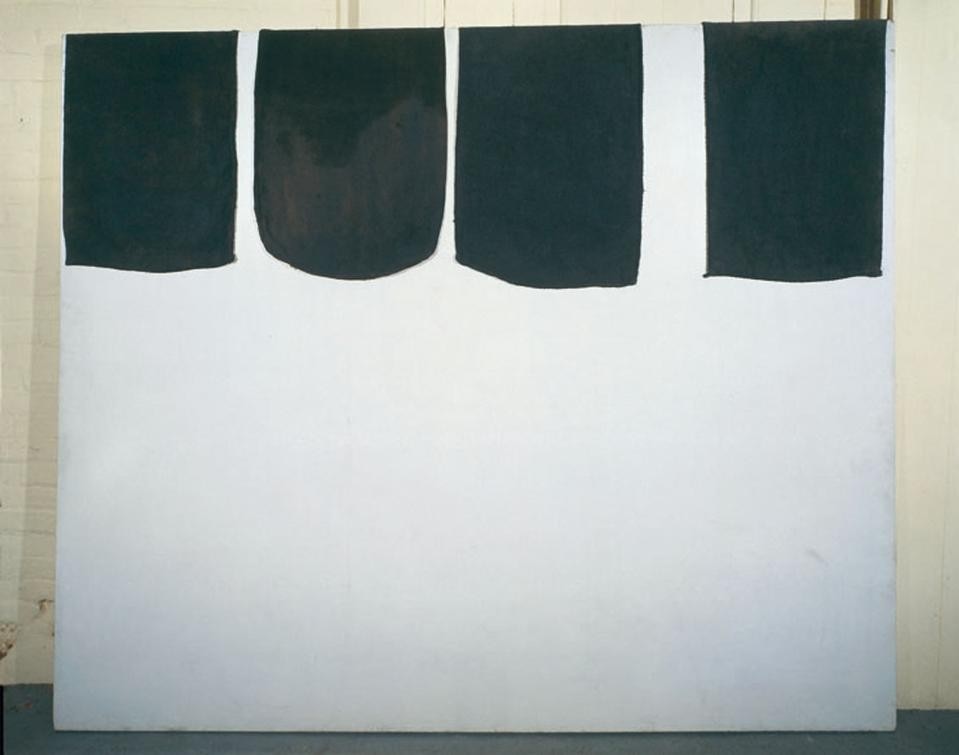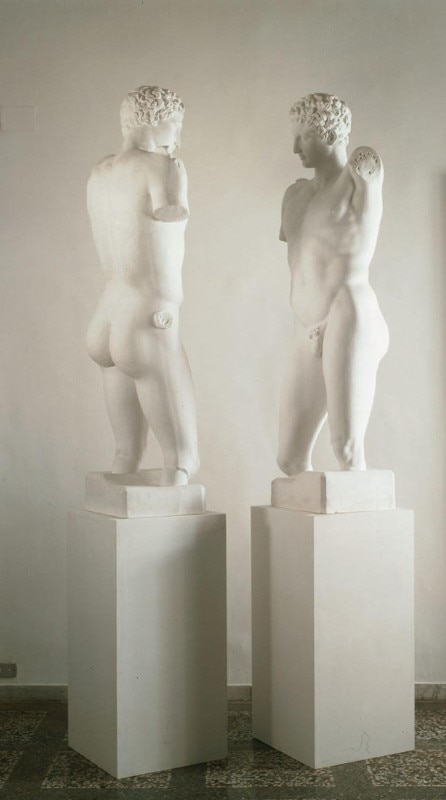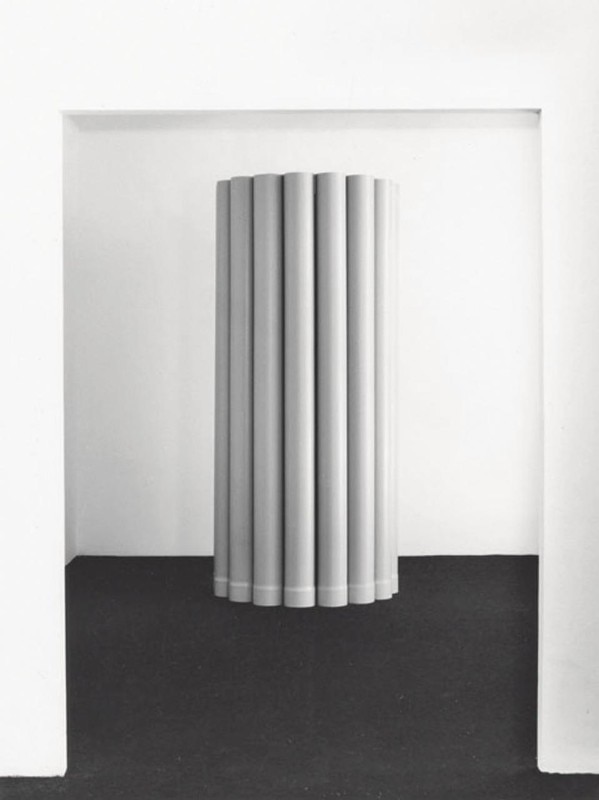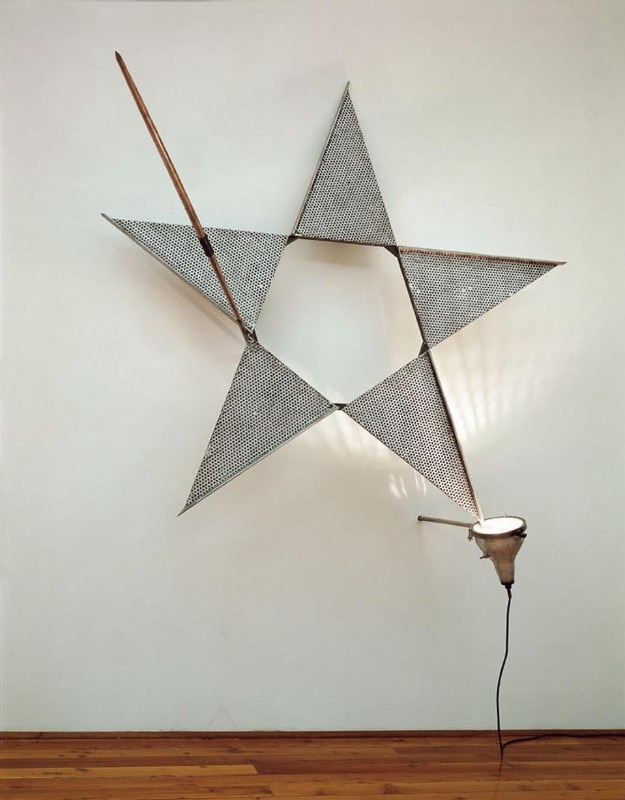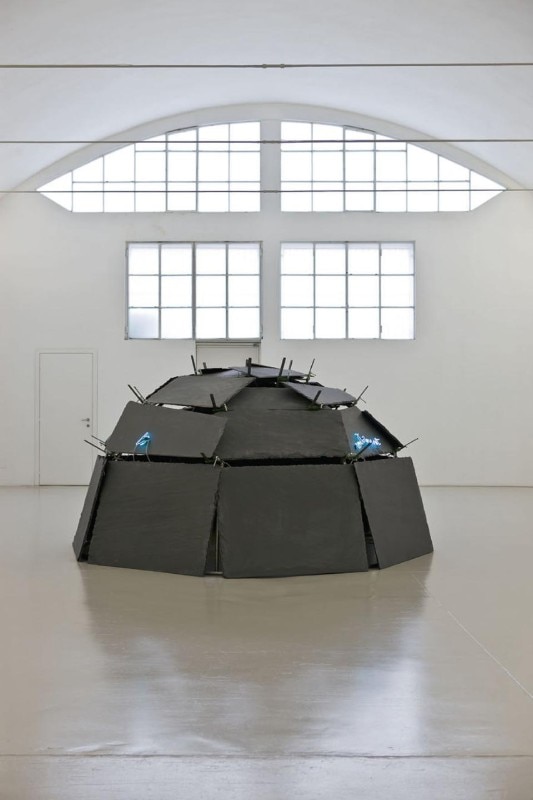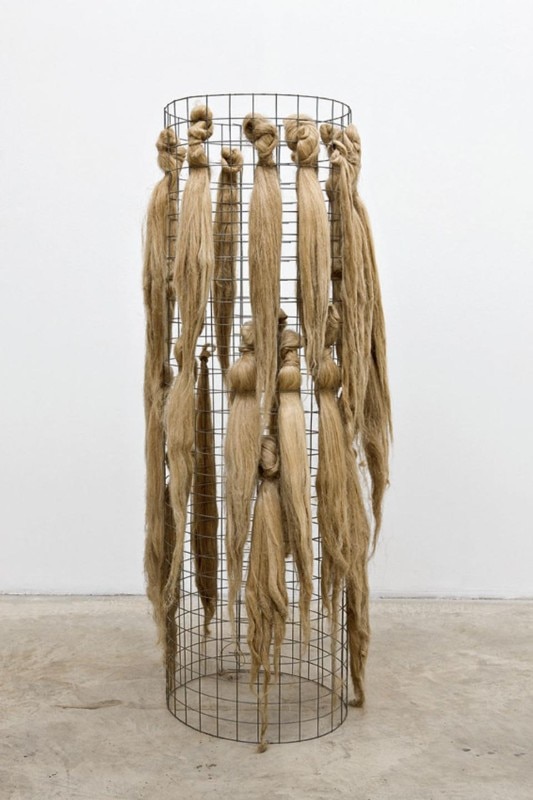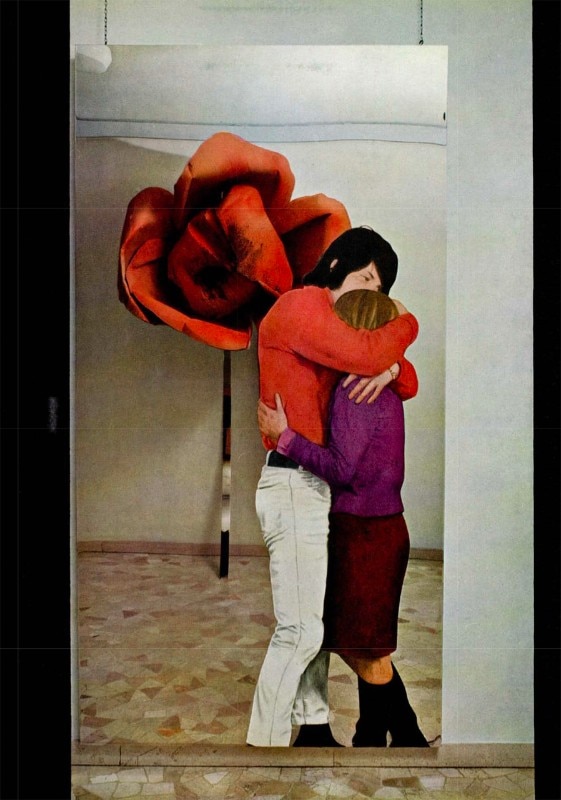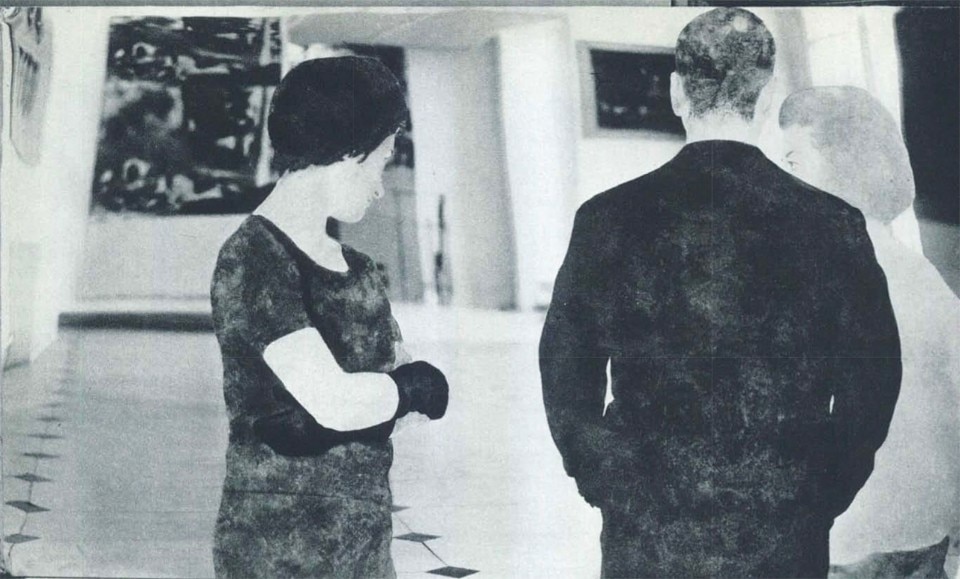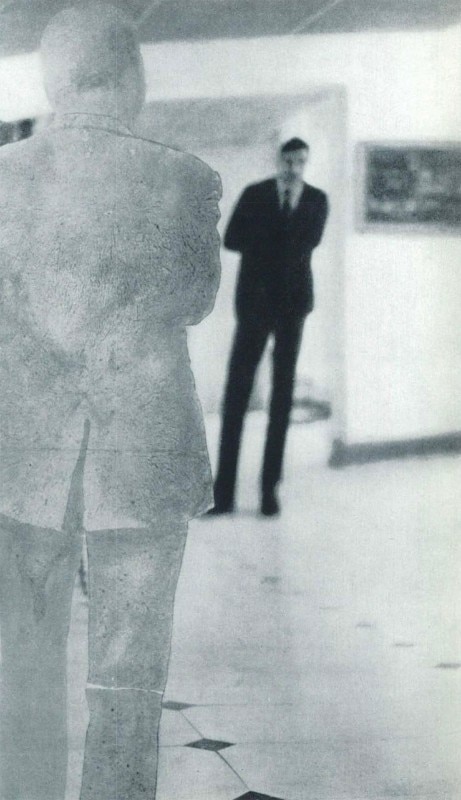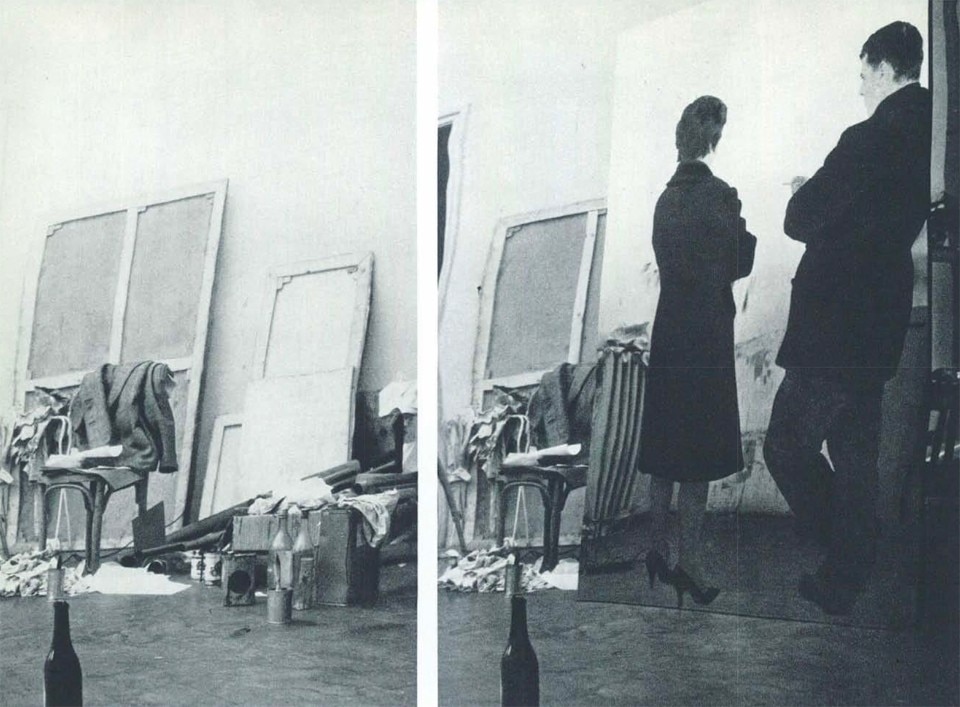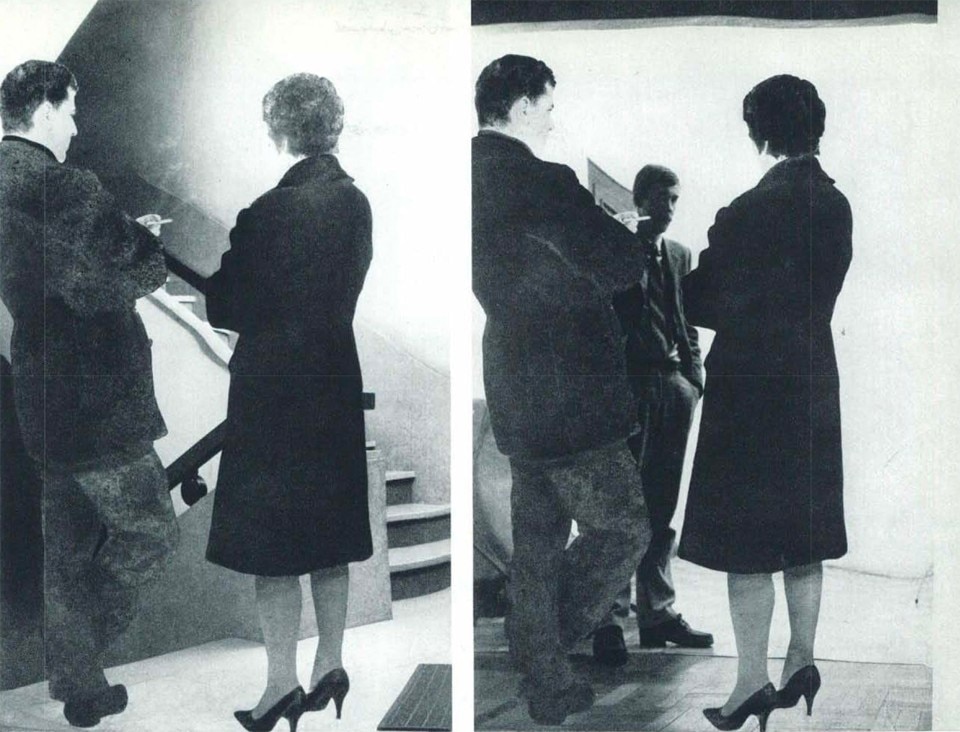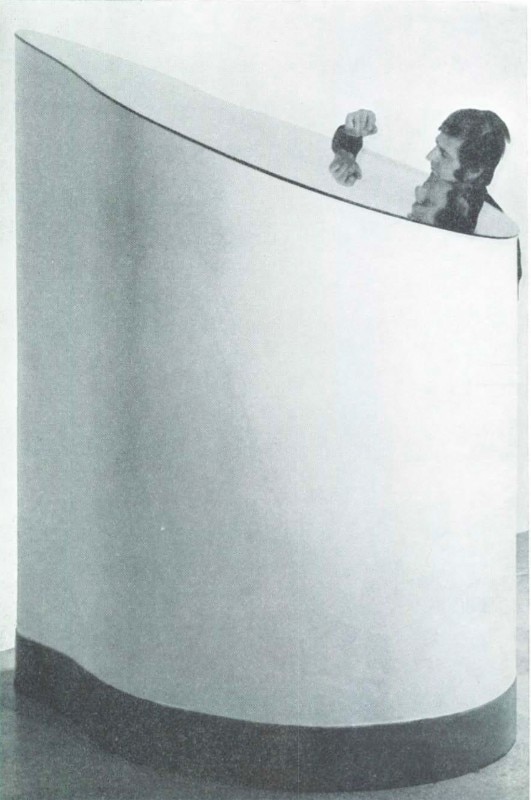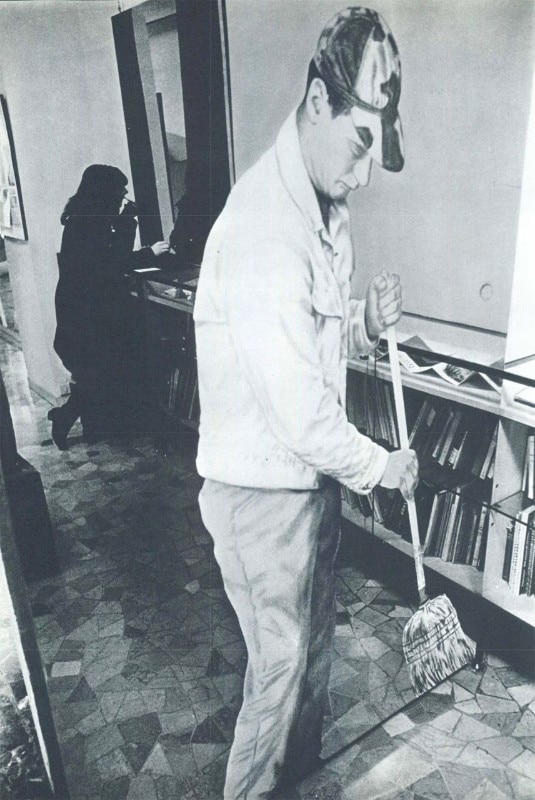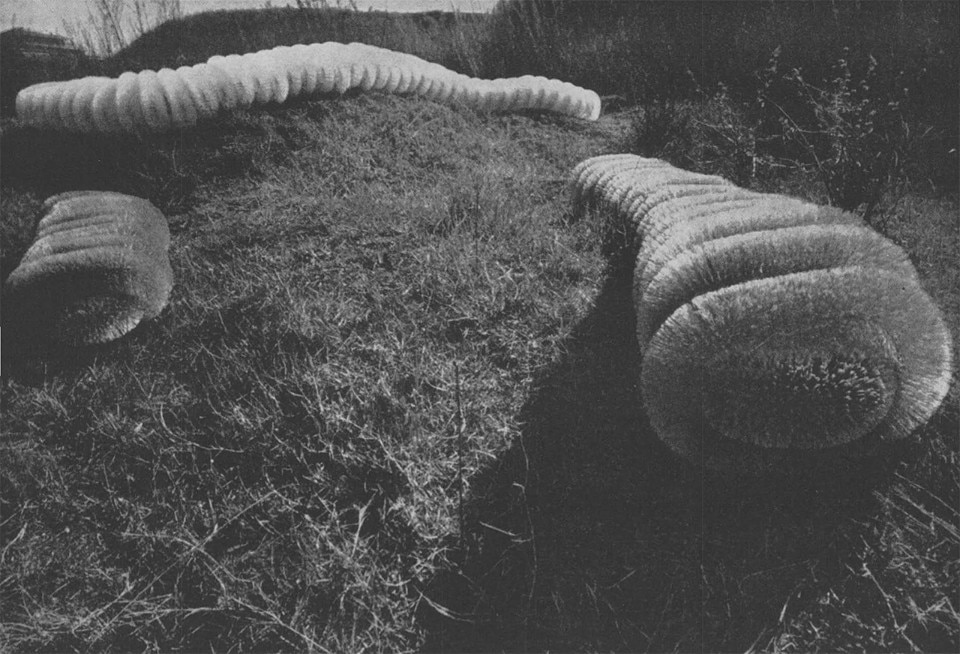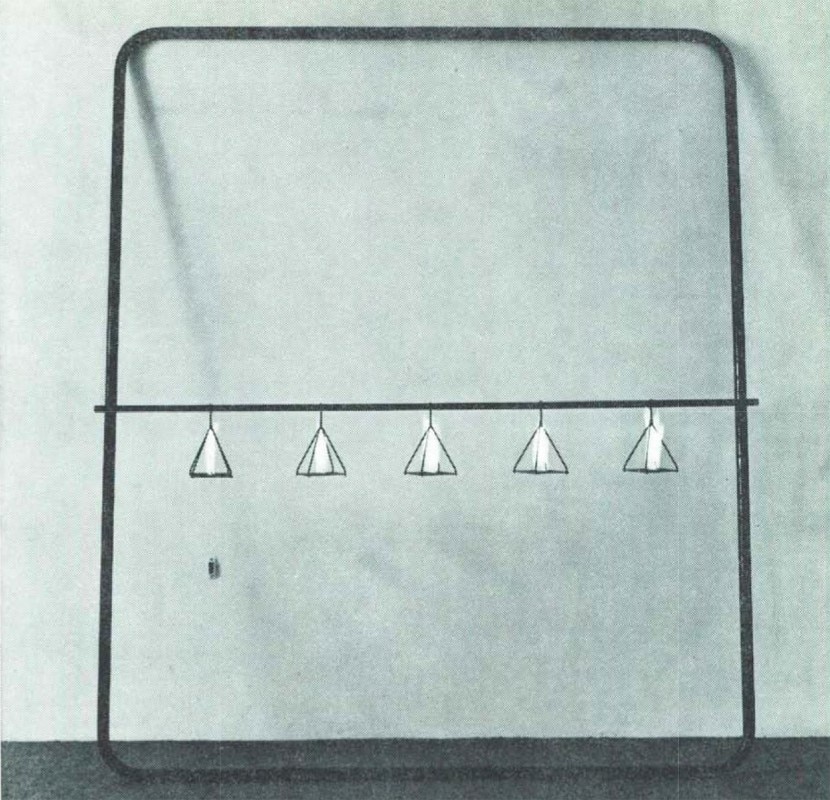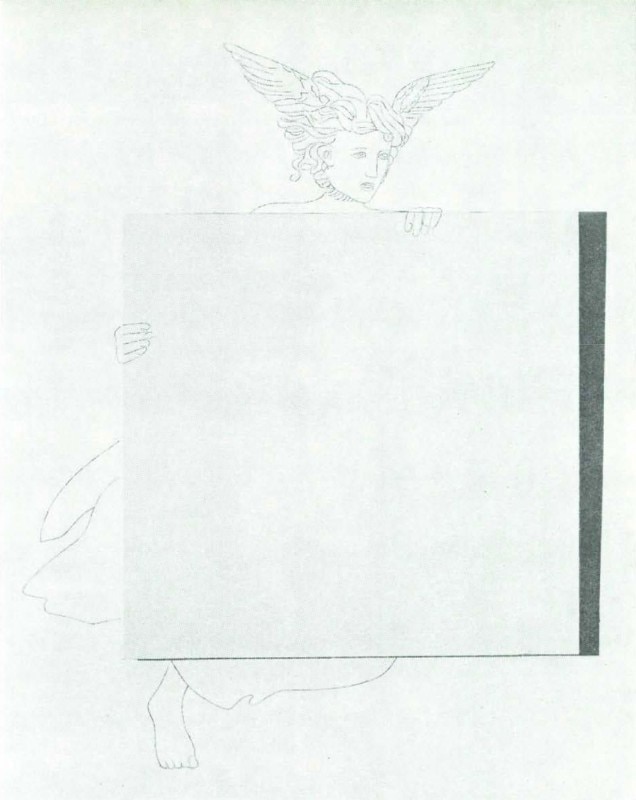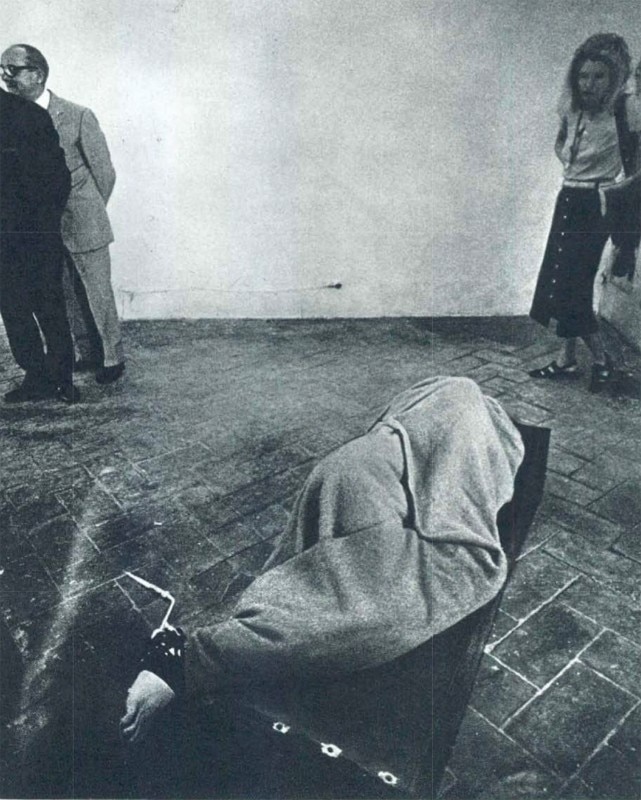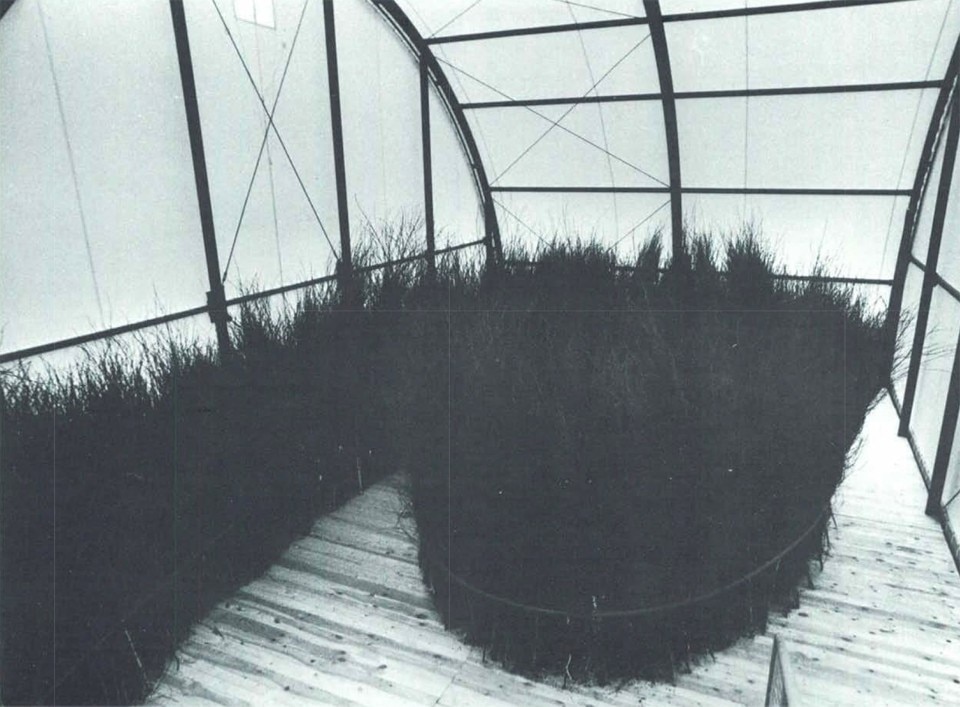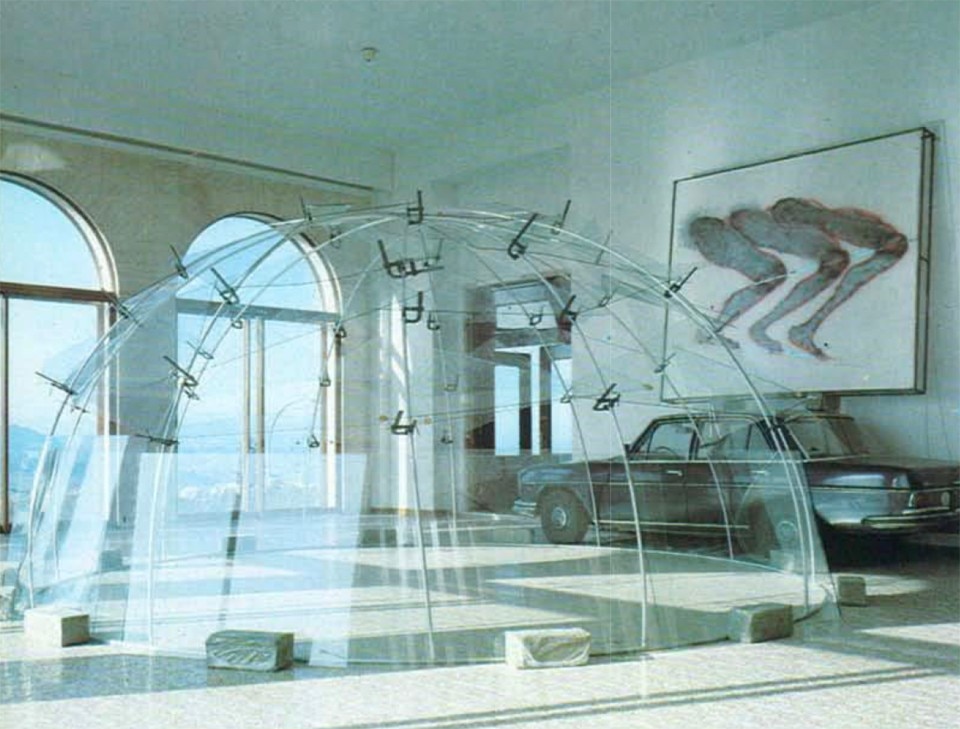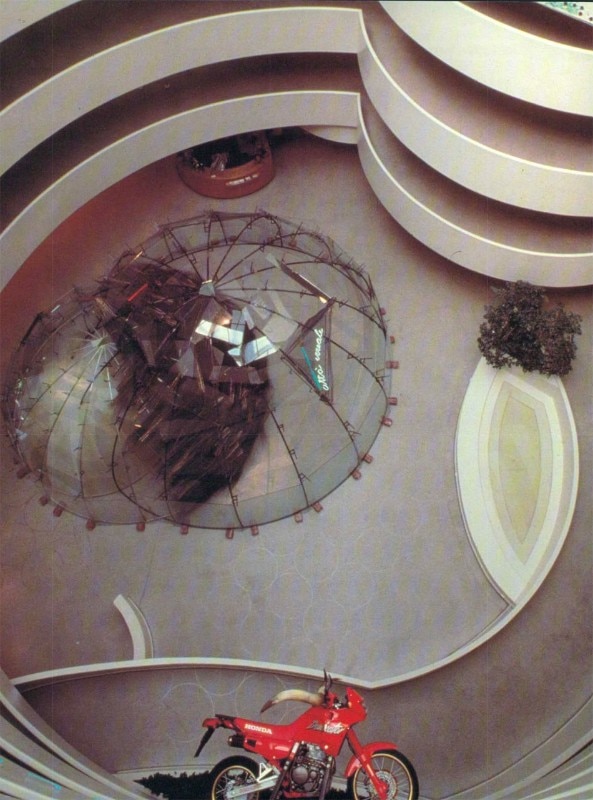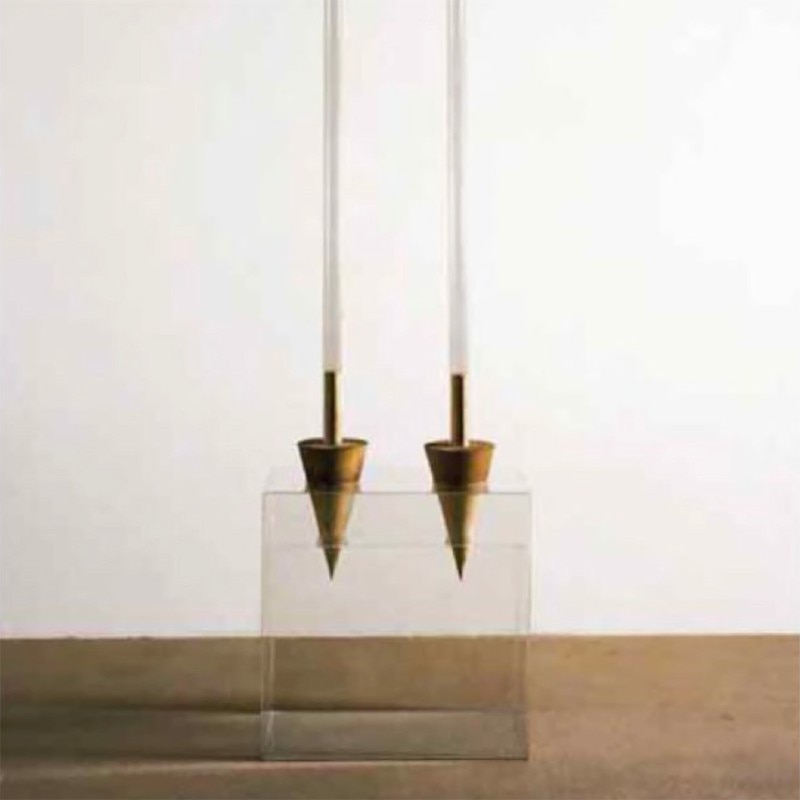It seems impossible.
Celant had always seemed so influential, and so indestructible. Right up to the moment that the world went into quarantine, this black-dressed figure was always present, despite his extreme reserve. At the beginning of February it was still possible to visit his exhibition in the Sala delle Cariatidi of Palazzo Reale, Milan, dedicated to Vedova - of whose foundation he was scientific curator. Those who were present recall his satisfaction and the pleasure with which he responded to the compliments received for his exhibition layout. Then there are the memories of when he could be found during the Biennial, or major exhibitions, with his young son in his arms; an image that clashed with his apparent sternness. The fact that Covid-19 has broken this monolithic and inflexible figure is a warning to us all.
Celant was born in Genoa in 1940 and studied as an art historian specialising in the Baroque period. His encounter with contemporary art came about in Rome, in the form of a piece by Jackson Pollock that he took as a challenge. He wanted to understand. As a result, he began to visit galleries, such as those of Sperone and Pistoi, which at the time were places of encounter and exchange. In 1963 he began writing articles on exhibitions for the magazine Marcatre, and later became editorial assistant. At the age of 24 he held the post of curator for the Experimental Museum of Contemporary Art in Turin, to then begin teaching at the Institute of Modern Art in Genoa.
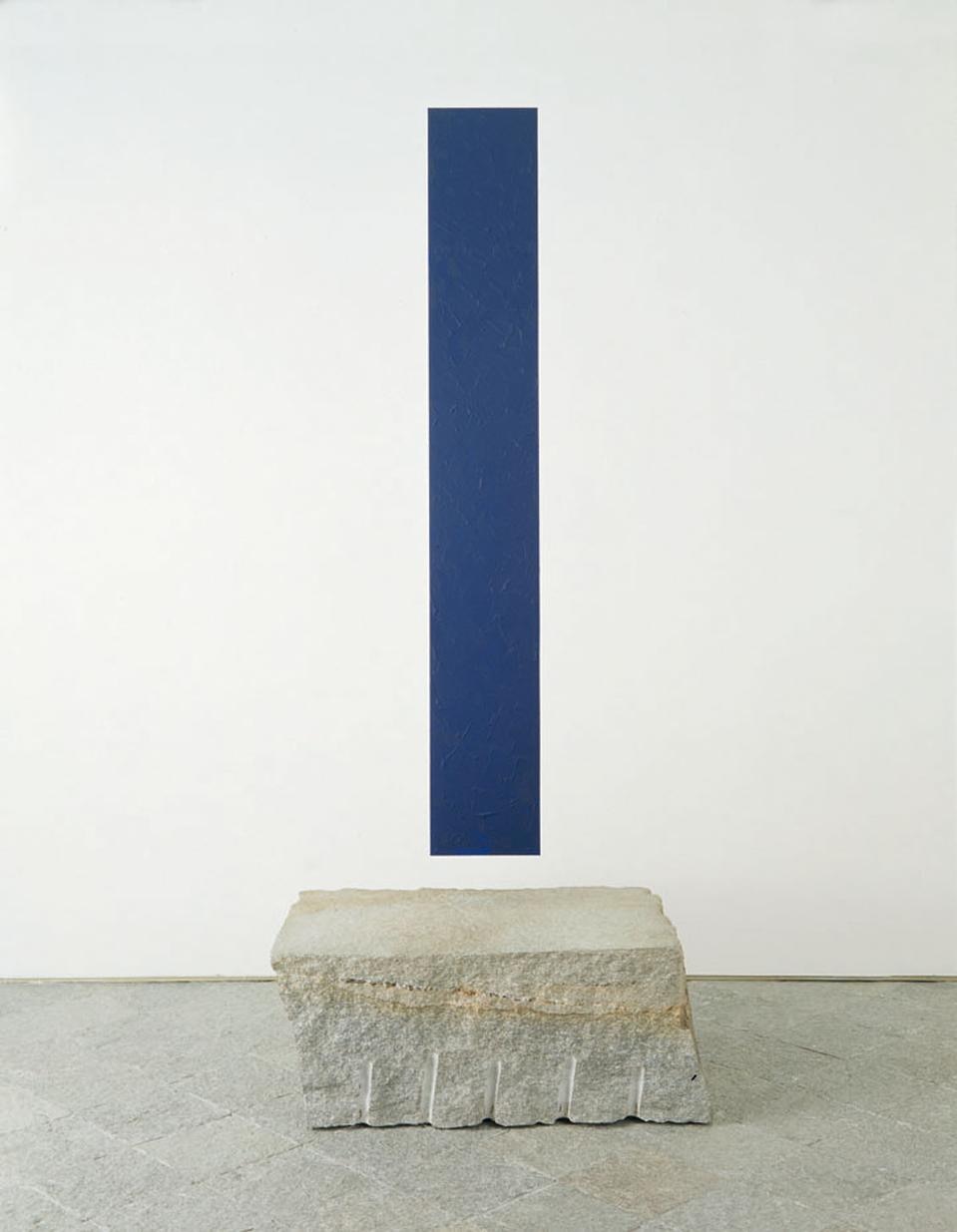
 View gallery
View gallery
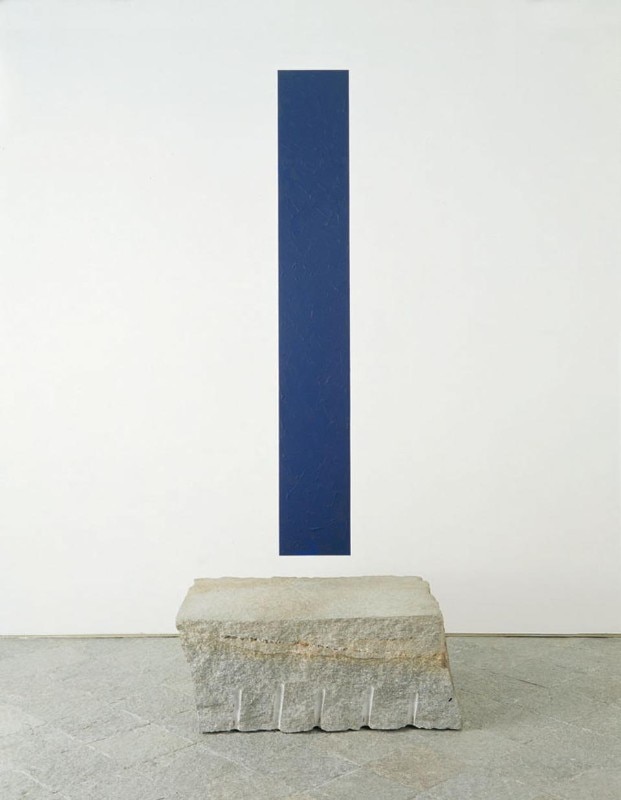
Giovanni Anselmo, Il panorama fin verso oltremare, 1996.
Courtesy Galleria Christian Stein, Milano
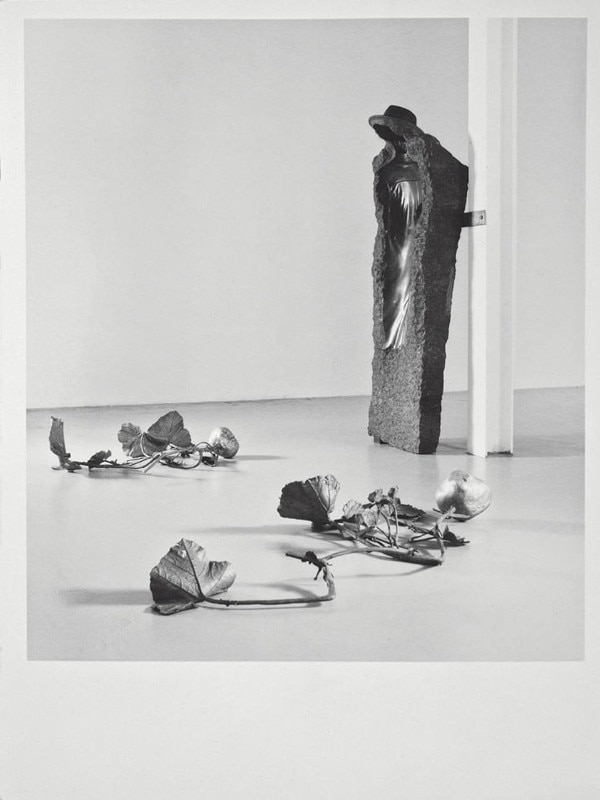
Giuseppe Penone, Zucche e nero assoluto d'Africa, 1978-1979.
Courtesy Galleria Christian Stein, Milano
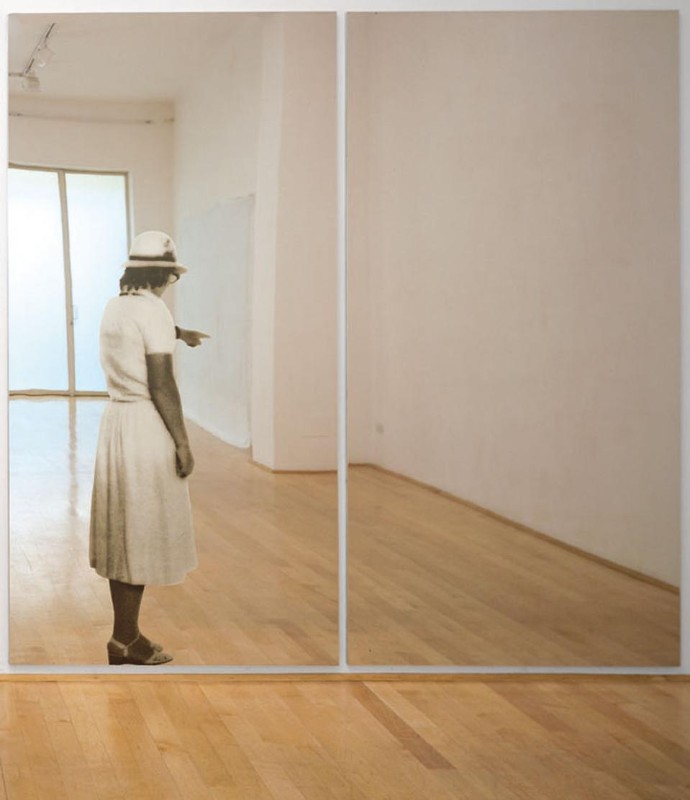
Michelangelo Pistoletto, Donna che indica, 1982.
Courtesy Galleria Christian Stein, Milano

Giovanni Anselmo, Il panorama fin verso oltremare, 1996.
Courtesy Galleria Christian Stein, Milano

Giuseppe Penone, Zucche e nero assoluto d'Africa, 1978-1979.
Courtesy Galleria Christian Stein, Milano

Michelangelo Pistoletto, Donna che indica, 1982.
Courtesy Galleria Christian Stein, Milano
In September 1967 he organised an exhibition at the La Bertesca gallery in Genoa entitled Arte Povera e IM Spazio. On 23 November of the same year he published an essay in Flash Art entitled Appunti per una guerriglia (Notes for a guerrilla war) in which he examined the concept of “Arte Povera”, aimed at recovering the relationship between humankind and nature, and between humankind and its actions The article cited artists such as Pistoletto, Boetti, Zorio, Fabro, Anselmo, Piacentino, Gilardi, Prini, Merz, Kounellis, Paolini and Pascali. The following year, an exhibition at the de’ Foscherari gallery in Bologna and the important “Arte Povera + Azioni Povere” at the Antichi Arsenali in Amalfi saw the participation of Giovanni Anselmo, Alighiero Boetti, Luciano Fabro, Jannis Kounellis, Mario Merz, Marisa Merz, Giulio Paolini, Pino Pascali, Michelangelo Pistoletto, Emilio Prini, Gilberto Zorio, Ableo, Paolo Icaro, Pietro Lista, Gino Marotta, Gianni Piacentino, Richard Long, Jan Dibbets, and Ger van Elk. Piero Gilardi took part in the convention, together with many of the most important critics of the time. The book Arte Povera was published shortly after by Mazzotta.
While Celant travelled the world – Amsterdam, London and then New York – the Arte Povera group formally split up in 1971, with the artists going on to develop their work individually. Despite this, the artists are still recognised as a group, and Celant’s name is forever bound to them.
The nemesis is undoubtedly clear. While the movement was born as a representation of the revolt of the artists against artistic codes and the cultural regime of the time, against institutions and the relationship between art and the market, in the decades that followed, Celant came to represent the very power of a by-then global system of which his profound knowledge allowed him above all to promote the worldwide popularity of Italian art. Thus, in the wake of exhibitions at the Centre Pompidou in Paris in 1981 and both London and Palazzo Grassi, Venice, in 1989, 1994 saw him curate the major exhibition “Italian Metamorphosis 1943-1968” at the Guggenheim in New York, with which he had been collaborating since the 1980’s and where he had assumed the role of senior curator.
The roles he covered were many. In 1997 he was the director of the 47th Venice Art Biennial, and he was also artistic supervisor for the programme for Genoa, European Capital of Culture 2004. In 1982 he co-directed Documenta 7 in Kassel together with Rudy Fuchs.
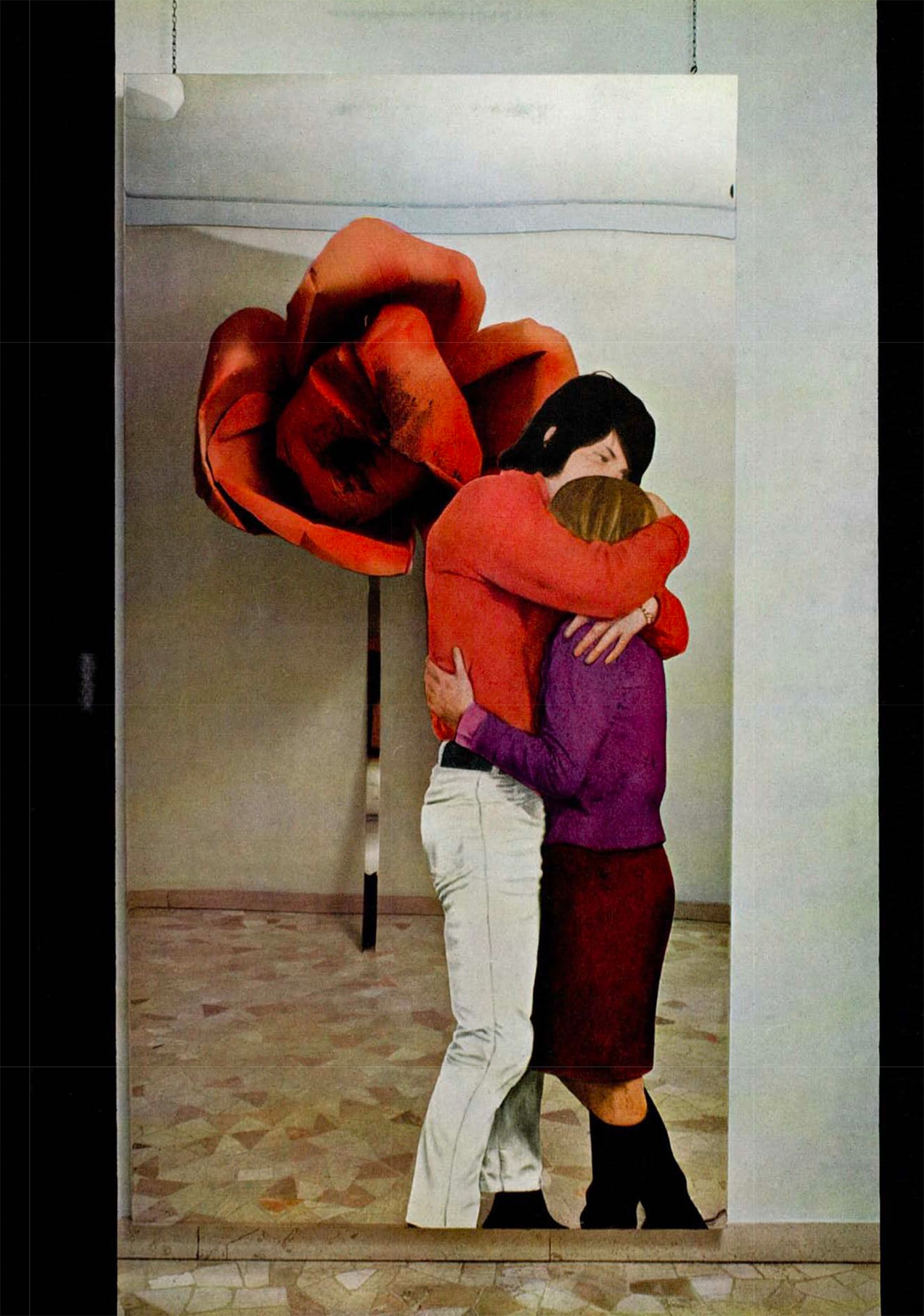
 View gallery
View gallery
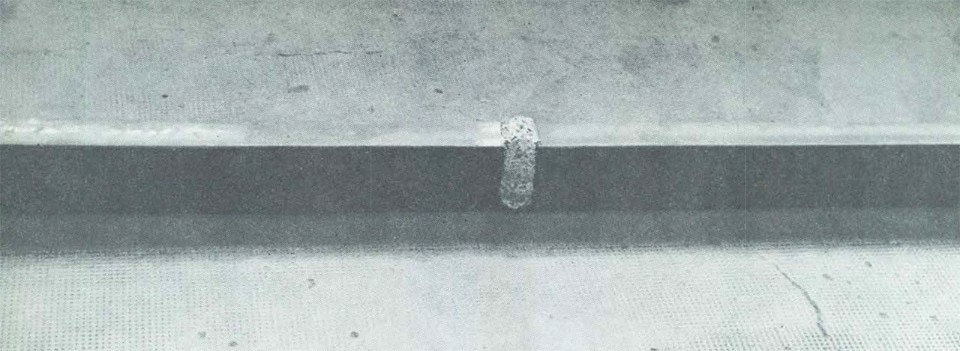
Giovanni Anselmo, Polmone per le stagioni…, detail, 1969-1970. From Domus 486, May 1970

Giovanni Anselmo, Polmone per le stagioni…, detail, 1969-1970. From Domus 486, May 1970
From 1995 to 2014 he was artistic director, and then artistic and scientific superintendent from 2015 onwards, for the Prada Foundation, curating dozens of exhibition projects for the Milan and Venice branches, many of which were revelatory; from the solo exhibition dedicated to Michael Heizer in 1966 to the acclaimed Jannis Kounellis retrospective at Ca’ Corner della Regina in 2019.
His work, whether for exhibitions or publications, was always characterised by professional seriousness, precision and historic approach, to the extent that many of his more recent exhibitions were either explorations or reconstructions, or at times a combination of the two. This was the case with “Post Zang Tumb Tuuum. Art Life Politics: Italia 1918–1943” at the Prada Foundation in Milan, the wide-ranging study “Art or Sound” at the Prada Foundation in Venice, or the extraordinary “When Attitudes Become Form” with which Celant revived in the eighteenth-century halls of Ca’ Corner della Regina the seminal exhibition curated by Harald Szeemann at the Bern Kunsthalle in 1969, maintaining the original visual and formal relationships between the works shown.
As an important figure in the world of art and a scholar of artistic events, with a particular interest in the social and economic system that surrounded works, Celant built up an extraordinary and jealously-guarded archive, a glimpse of which was shown for the titanic exhibition “Arte Povera 2011”, which took place simultaneously in the eight most important Italian museums and cultural institutions.
One of many examples of his interest in the artistic and theoretical climate in which art developed was a fascinating publication that differed from the many and often weighty catalogues curated. The publication in question was Precronistoria 1966-69 (Quodlibet 2017), which took its cue from the research and study of historical documents and photographs to explore the art and cultural system in Italy between the two World Wars.
While documentation always played a precious role in his work as a curator, and his study of the social and political context always contributed to revealing the sense of a work and connecting it to its origins, these aspects never surpassed its centrality. The art itself always held the utmost importance. The man and his exhibitions leave us with an immense void.
Opening image: exhibition “Jannis Kounellis” curated by Germano Celant, organized by Fondazione Prada at Ca' Corner della Regina palace, 2019


